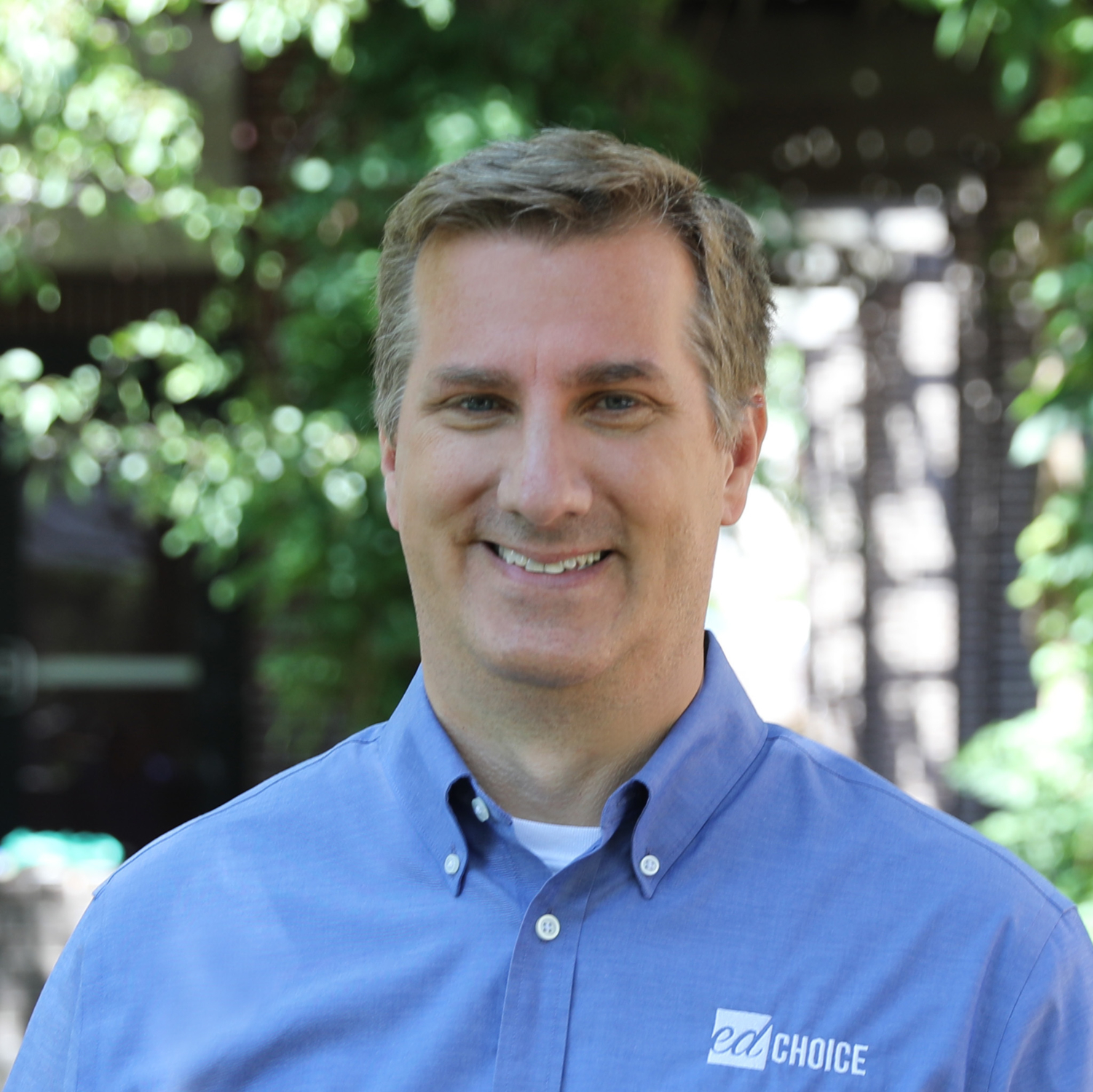Paul DiPerna
Paul DiPerna is Vice President of Research and Innovation for EdChoice. Paul joined the organization in 2006, and he leads the research program’s activities and projects. His work focuses on surveys and polling about American K–12 education and schooling. Paul directs the monthly EdChoice Public Opinion Tracker and oversees the annual Schooling in America Survey. Previously, he worked at the Brown Center on Education Policy at the Brookings Institution.
Last year, EdChoice’s research team produced 17 major publications, fiscal notes/memos/briefs in 12 states, 17 national polling reports, and 45 state polling briefs—updated monthly. The research data and findings have been cited by national and state media outlets around the country.
Paul presents survey research and discusses public opinion with a range of audiences, including public officials, policy analysts, researchers, and advocates. His professional memberships include the American Association for Public Opinion Research (AAPOR), Midwest Association for Public Opinion Research (MAPOR), Association for Education Finance and Policy (AEFP), International School Choice and Reform Conference (ISCRC), and the AEI Leadership Network. In 2025, Paul is a MAPOR executive council member and policy advisory board member for the Education Reformers Academy (ERA).
A native of Pittsburgh, Paul earned an M.A. in political science from the University of Illinois and B.A. from the University of Dayton. He currently lives in Indiana with his wife and two daughters.
Favorite Quote
Favorite Subjects
Public Affairs, American History, Political History
High School Mascot
Vikings
Favorite Pastimes
Traveling with my wife. Playing catch with my daughters. Following Pittsburgh and Indiana sports teams.
Inspiration for Joining the Educational Choice Movement
Parents who do everything in their power to provide the best learning environment for their child. Unmet demand for different types of learning and schooling. Evidence that programs produce positive outcomes for students and families.
